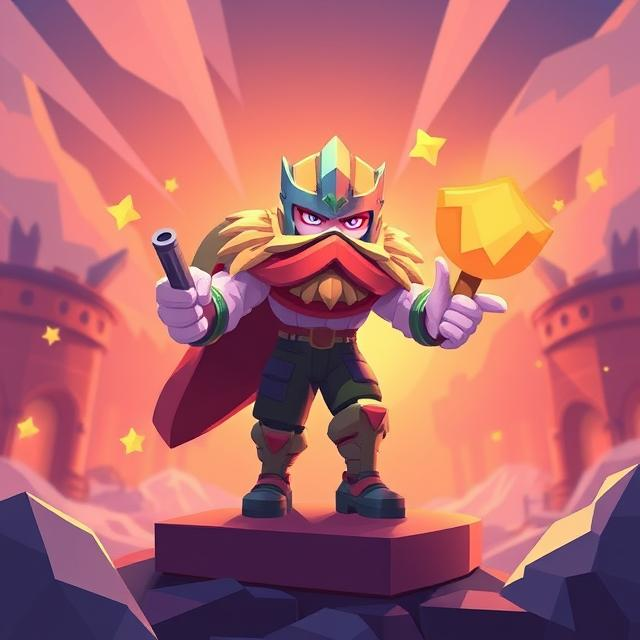Free-to-play (F2P) games have become a dominant force in the gaming industry, largely due to their player reward systems. These systems keep players engaged by offering in-game rewards, incentives, and progression without the upfront cost of buying the game. However, not all reward systems are created equal. Here’s a closer look at how player reward systems work in F2P games and how they impact player experience.
1. Progression Systems
One of the core elements of reward systems in F2P games is the progression system. As players level up or complete challenges, they unlock rewards such as new skins, characters, weapons, or in-game currency. This sense of progression is a key motivator, providing players with goals to strive toward and tangible rewards for their efforts. This system can create a “carrot-and-stick” dynamic, encouraging players to keep playing in order to earn more rewards.
2. Daily and Weekly Rewards
To keep players returning, many F2P games implement daily or weekly rewards. These systems reward players for logging in regularly and completing specific tasks. This helps create a routine and keeps players engaged over time, even if they’re not actively progressing in the main game. Daily rewards can range from small bonuses to rare, exclusive items, which increases player retention and encourages habit formation.
3. Loot Boxes and Microtransactions
Loot boxes and microtransactions are another common element of F2P reward systems. These randomized rewards offer players the chance to earn rare items or upgrades, often at the cost of real-world money. While loot boxes can be exciting, they have also raised concerns about fairness and the potential for players to feel compelled to spend money. Balancing loot boxes to ensure that non-paying players still feel rewarded without being at a disadvantage is a critical aspect of reward system design.
4. Cosmetic and Vanity Rewards
F2P games often use cosmetic rewards (such as skins, emotes, and character customization options) as a way to keep players invested. These rewards don’t affect gameplay but give players a sense of individuality and achievement. Cosmetic items are often highly desired, as they allow players to showcase their progress and express themselves in-game. The appeal of collecting rare skins or unique cosmetics can be a powerful motivator for players.
5. Challenges and Limited-Time Events
Limited-time events and challenges add a sense of urgency to the reward system. These events usually feature unique rewards that can only be earned during specific timeframes, creating a fear of missing out (FOMO) among players. Players often go out of their way to complete these challenges to get exclusive items, which keeps them engaged and invested in the game’s ecosystem.
6. Balancing Reward Systems with Fairness
A successful reward system in F2P games must balance the desire for progression with fairness. Players should feel that they can achieve rewards without having to spend large amounts of money. Games that give non-paying players reasonable access to rewards tend to be more popular and maintain a more loyal player base.
Reward systems in F2P games are designed to keep players engaged, incentivize long-term play, and drive microtransactions. When done correctly, they offer a fair and enjoyable experience, allowing players to progress without feeling pressured to spend money.


Leave a Reply